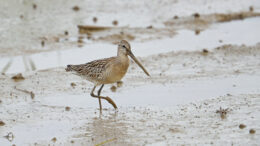The place:
 The Linhong tidal flat in Lianyungang, Jiangsu province, is on the east coast of China. Jiangsu is one of the wealthiest provinces in the country, so there has always been serious tension between economic development and environmental protection.
The Linhong tidal flat in Lianyungang, Jiangsu province, is on the east coast of China. Jiangsu is one of the wealthiest provinces in the country, so there has always been serious tension between economic development and environmental protection.
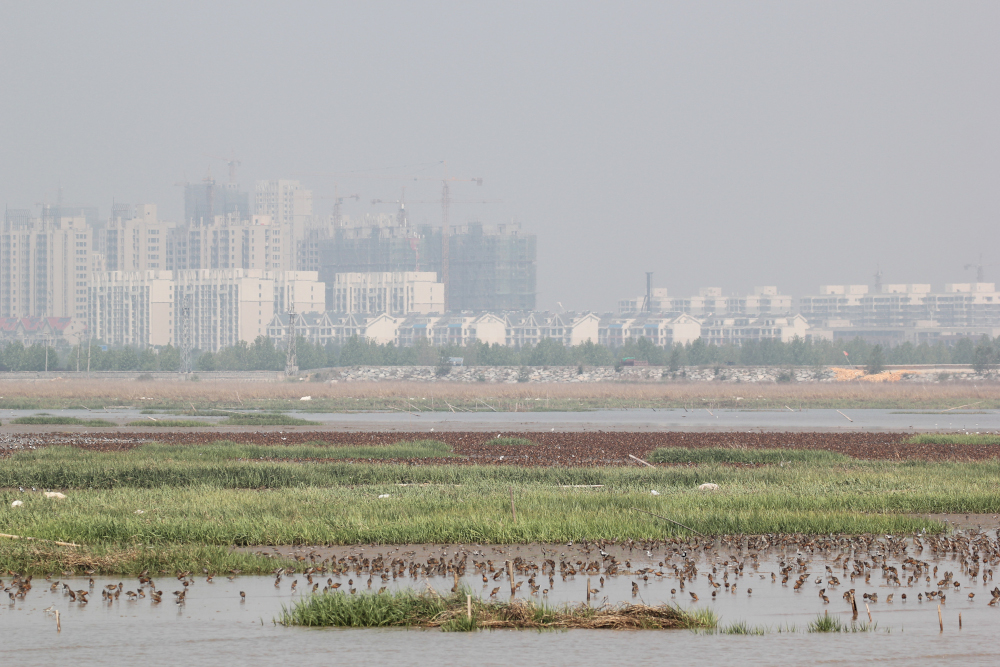
Why it matters:
Every summer shorebirds on the East Asian-Australasian Flyway arrive at the Arctic tundra to attract mates, breed, and care for their young. Then they follow an inner biological clock and head south. They spend the winter in regions at lower latitudes, including East Asia and Southeast Asia. The journey is long and arduous, often covering distances of 3,000 to 5,000 miles.
Most shorebirds must take a break somewhere to rest and refuel during these travels. That’s why Lianyungang’s tidal flats, on the west coast of the Yellow Sea — located near the midpoint of many shorebirds’ migratory journey — are critically important stopover sites for many species. The tidal flats were previously fed by two of the longest rivers in Asia, making them rich in benthic organisms that serve as valuable fuel for the long-distance flights.
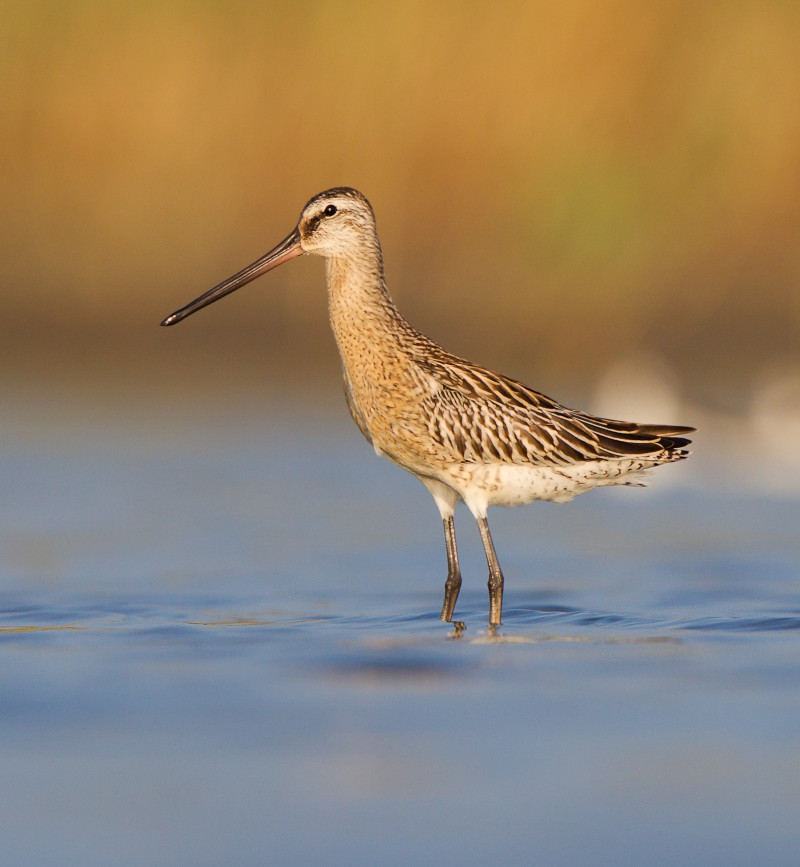
There’s one bird that relies most heavily on Lianyungang: the Asian dowitcher (Limnodromus semipalmatus), a shorebird about 12-14 inches in size. It breeds in steppe regions in Mongolia and northeast China and winters mainly in Indonesia. The current estimated global population of the species is 23,000 — nearly all of whom fly to Lianyungang’s Linhong and Qingkou tidal flats each year.
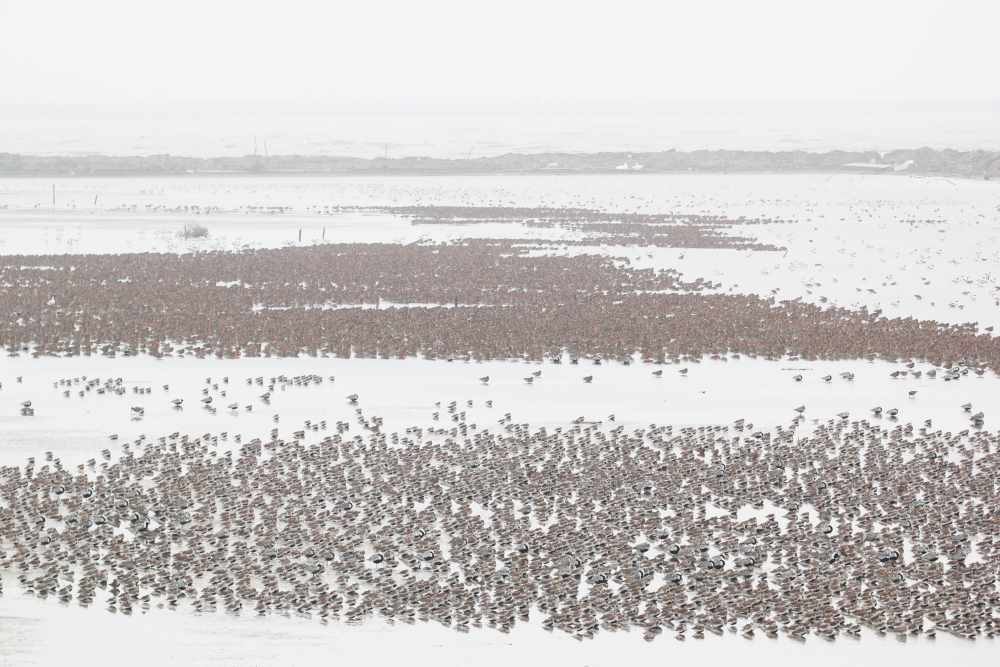
Unfortunately this makes them extremely vulnerable. Anything that threatens their habitat in Lianyungang could devastate the entire global population.
The threat:
The Linhong tidal flat is being reclaimed by a so-called “ecological restoration” project. The project is ostensibly aimed at restoring the natural environment of a “dirty” wetland, but in fact it converts nearly 6 square miles of natural muddy tidal flats into sandy beaches and deep water for human recreational activities.
The new habitat is completely unsuitable for the Asian dowitcher and many other seabird species. If the project goes ahead, it will destroy one-third of the Asian dowitcher’s foraging habitat here.
Meanwhile Linhong and Qingkou tidal flats are also being encroached upon by an invasive species called the smooth cordgrass (Spartina alterniflora). The plant spreads quickly, turns mudflats into dense meadows, and kills most benthic organisms, so the area and quality of the remaining habitats for Asian dowitchers are also decreasing.
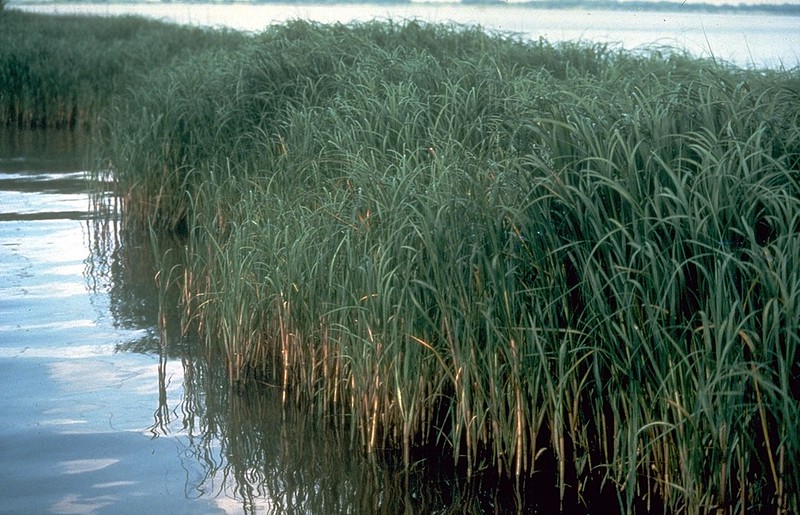
My place in this place:
I remember the day we first discovered the huge number of Asian dowitchers at Lianyungang’s Linhong and Qingkou tidal flats. Back then we split the waterbird surveyors into two groups and counted the number of Asian dowitchers at the two locations simultaneously. When both groups reported their count number in the radio, none of us could believe our ears. While we were still processing the record-breaking count result, the tens of thousands of Asian dowitchers were calling beside us as if cheering our discovery.
The moment felt so miraculous. We really hope more people will get to experience something like this in the future.
With its chestnut-red breeding plumage and sewing-machine like feeding behavior, the Asian dowitcher is beautiful in its own way. But it’s still unlike charismatic species such as giant pandas or spoon-billed sandpipers that can instantly catch people’s attention.
That hasn’t stopped my colleagues and me from dedicating a tremendous amount of effort to improving awareness about this species and its highly concentrated population in Lianyungang. For example, we made a series of outreach products, including an adorable plush toy.
We spent an entire year developing the design to ensure the toy is likeable while accurately mimicking the species’ key characteristics. We were short on funding at the beginning and unfortunately fell far short of the minimum order quantity. Luckily, our conservation work gained recognition from several foundations and companies, and they all helped contribute to the toy’s production.
After all the challenges we’d faced and conquered, the toy was finally launched at the end of 2021 and it was a hit in the market. The public — and I’m not only talking about us birdwatching people — absolutely love it.
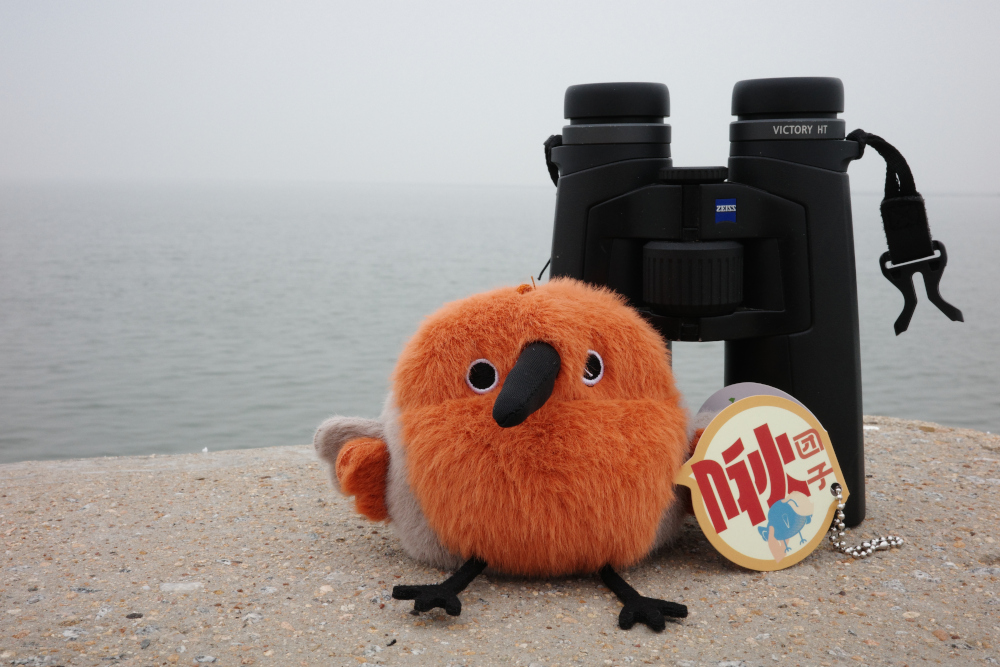
While it’s exciting that more people will get to know the Asian dowitcher through this toy, my colleagues and I do have mixed feelings. With the project construction being carried out at a fast pace on the species’ most important foraging ground, we fear that the species’ population will decrease precipitously not long after people get to know these birds and their precious stopover site — and the foraging ground will deteriorate or even disappear.
Who’s protecting it now:
Friends of Nature is a Chinese NGO specializing in environmental protection using public-interest litigation. In early 2021, after several rounds of unsuccessful negotiation with the local government departments and the project construction company, Friends of Nature led an environmental litigation against the project construction company and the environmental impact assessment company. The judge is still processing the evidence. Meanwhile, the project construction is being carried out at an unprecedented pace and it’s looking likely to be completed by June 2022.
In addition, the nonprofit Spoon-billed Sandpiper in China (my employer) is dedicated to the conservation of waterbirds living on the Yellow Sea tidal flats. The team has provided valuable data to support the global importance and irreplaceability of Lianyungang’s Linhong tidal flat. These data serve as critical evidence for the public interest litigation case.
What this place needs:
We have enough data and solid science to prove that the construction project will cause considerable damage to the Asian dowitcher population.
Currently many self-proclaimed “ecological restoration” projects are being undertaken across China, and a good majority of them are doing more harm than good to the environment. We need better legislation and stricter project assessment standards to prevent similar tragedies elsewhere.
In 2020 the green peafowl case in China’s Yunnan province became the country’s first preventive public-interest litigation concerning wildlife protection. Our Asian dowitcher case is the second of its kind. Unlike green peafowl, who live in forests, Asian dowitchers inhabit coastal tidal flats. We hope our case can set a precedent for other coastal “ecological restoration” projects in China and draw people’s attention to gaps in the current legislation.
Lessons from the fight:
Take action early: It’s best to discover such projects early and nip them in the bud.
Try collaborating: It’s always helpful to talk to different stakeholders (e.g. media, politicians, chief scientists). They may help support your case from a different angle.
Follow the fight:
The Facebook page for Spoon-billed Sandpiper in China
The social media page of Friends of Nature (in Chinese)
Previously in The Revelator:
![]()

